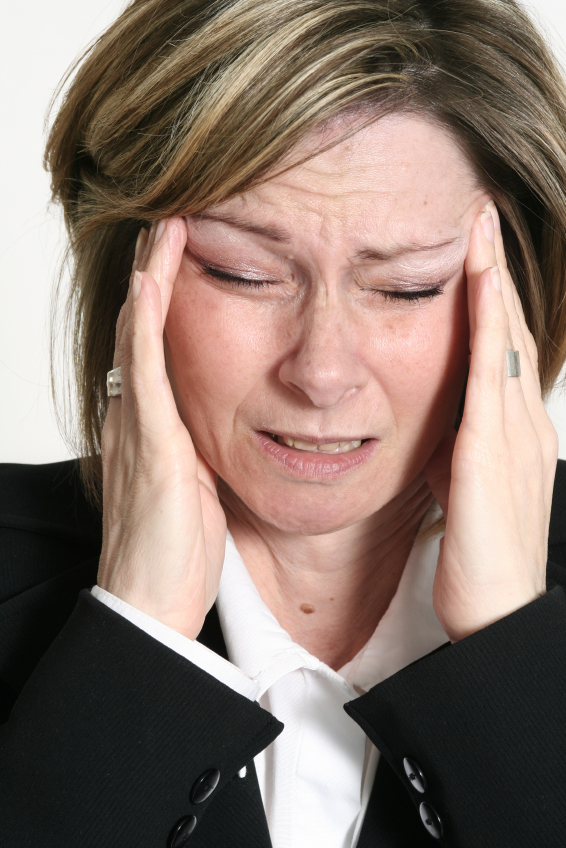How Migraine Works

Migraine is a peculiar type of headache which causes severe pain in one area of the head. This throbbing and pulsating headache can last for few hours to many days. Although there is no permanent cure of migraine, its intensity and frequency can be controlled by using medications. You can also gain control over it by changing few of your habits.
Instructions
-
1
Symptoms
Migraine headaches often start at a younger age. If you have crossed your teens, there is very little probability that you will experience it. The only good thing about this form of headache is that you can feel it coming. -
2
Stages of Migraine
There are basically four stages of migraine - prodrome, aura, attack and postdrome. A person suffering from it may not experience all the four stages though. Each stage has its own set of symptoms and effects.
- Prodrome
This stage represents a series of symptoms, which signal an oncoming bout of migraine and include constipation, depression, diarrhea, food cravings, hyperactivity, irritability and neck stiffness.
- Aura
This stage is not very common, and affects the visual, sensory and motor functions of the body. The common occurrences during this stage are loss of sight for a temporary period of time, visualization of bright and dark spots intermittently, difficulty in speaking, and pinching sensations in arms and legs.
- Attack
In this stage, migraine fully takes over and causes extreme throbbing pain in one side of the head. The affected person can experience severe sensitivity to light and noise, nausea, vomiting, blurred vision and light headedness. Under extreme circumstances, a person can faint during attack. The duration of attack depends on the affected person, but typically lasts from 4 hours to three days.
- Postdrome
This stage comes after the pain subsides, and is characterized by a drained out feeling. -
3
Migraine Triggers
In most of the cases, migraine is hereditary. It can however also occur due to environmental circumstances. Some of the most common triggers of this headache are explained below.
- Hormonal changes in women
One of the major triggers of migraine in women is the fluctuation of estrogen. It is a hormone, the amount of which lowers when women have periods, during pregnancy and menopause.
- Food consumed
In most known migraine cases, monosodium glutamate, chocolates, caffeine, red wine, beer and processed food have been known to cause triggers.
- Stress
Stress due to any reason can also trigger the migraine.
- Stimulation
Sudden sensory stimulations such as loud voice, bright light and unpleasant scent can also induce migraines.
- Sleep patterns
Inconsistent sleeping hours, even for temporary period, can trigger migraine.
- Exertion
Increase in physical exertion can also make a person more susceptible to this headache.
- Change in environment
For some people, a change in altitude or weather can also act as a catalyst.
- Medications
There are some medicines which affect the production of hormones, such as oral contraceptives. These medications can act as triggers to migraines.



